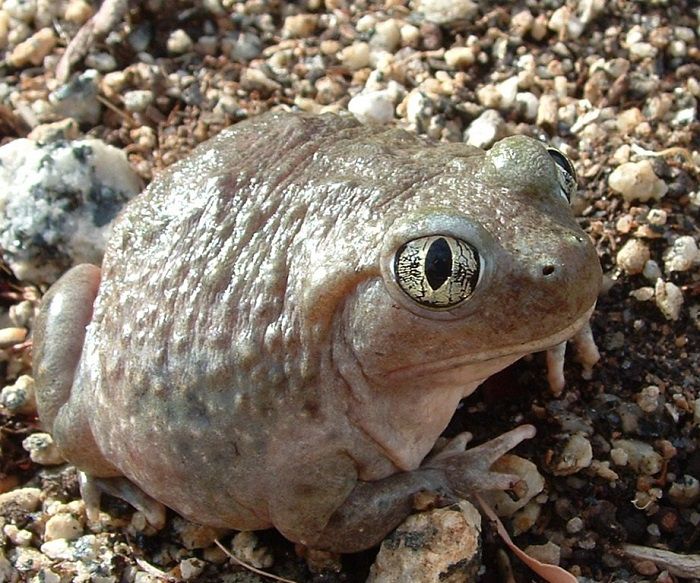Table of Contents
You dutifully feed your pet toad first thing in the morning. All seems fine. You come back at noon and find the animal is right where you left it a few hours earlier. “My toad is not moving,” you say to yourself. “Is it time to panic?”
In a word, no. If not moving for a couple of hours is the only indication that something is not right with your toad, there could be a very easy explanation for the situation. You only need to worry if a loss of mobility is combined with other signs suggesting your pet is ill.
Why Pet Owners Worry
People who keep toads in captivity are known as herpetologists. For the purposes of this post, we will refer to them as pet owners. The most knowledgeable among them worry about toads that do not move because they understand nature’s programming.
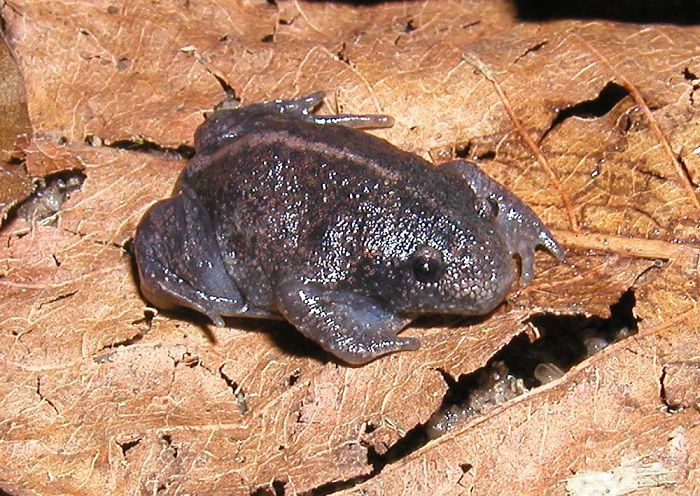
Mexican Burrowing Toad 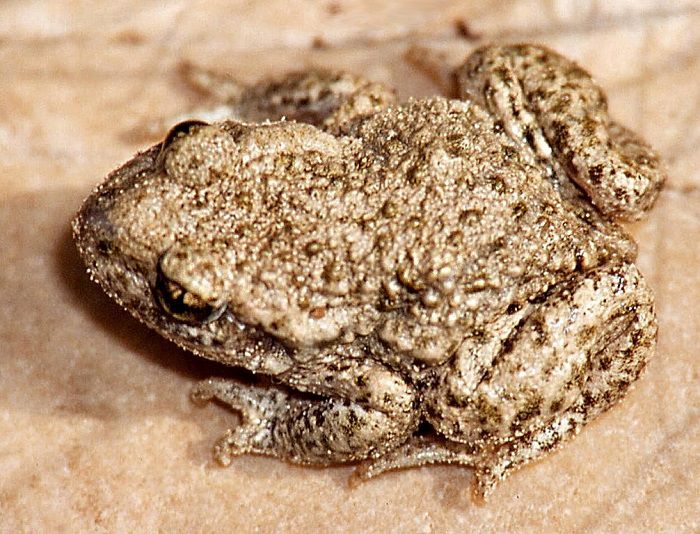
Common Midwife Toad 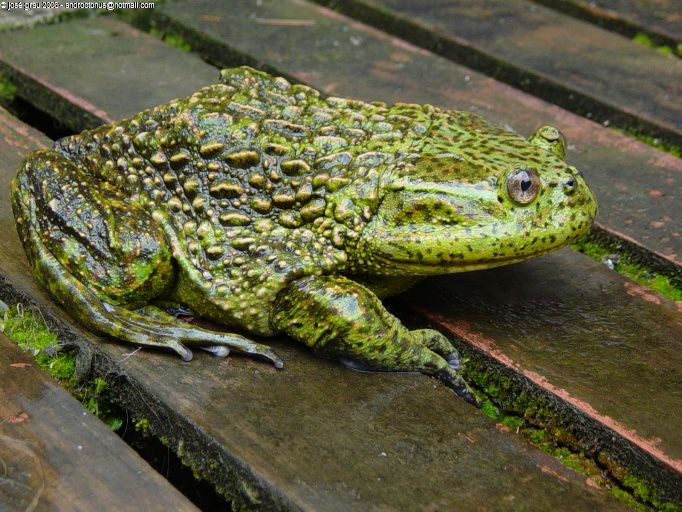
Helmeted Water Toad
Toads are part of the food chain. It is as simple as that. They have plenty of predators in the wild. As such, they do not make a habit of exposing themselves in wide open spaces for prolonged periods of time. Toads prefer to be hidden under the cover of logs, leaves, etc. When they do venture out, they don’t stay out for long.
This natural behavior leads to questions when a pet toad stays in the same position for hours. Though it’s not normal, it’s also not completely unheard of. To demonstrate the point, consider a 2019 advice column published by The Mercury News in California [source ].
].
Probably Too Cold
The column was precipitated by a letter from a reader who noticed a colorful toad in her yard. She saw the animal for the first time when inspecting the yard for snails. The reader went back outdoors a few hours later and found the toad in the same position. She was concerned enough to pick it up and put it in a nearby fishpond on her property.
Thankfully, the water got the toad moving again. It kicked a little and swam away. Still, the reader was concerned there was something wrong with the animal. She knew enough about toads to understand it should not have been parked in her yard for two hours.
It turns out the toad was probably cold. Toads are cold-blooded creatures, which means their bodies do not have any internal mechanisms for regulating body temperature. If a toad’s temperature drops to a certain level, its internal systems begin shutting down. This is the very mechanism behind hibernation.
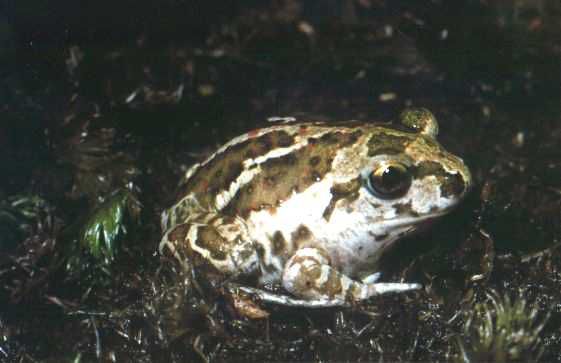
Common Spadefoot Toad 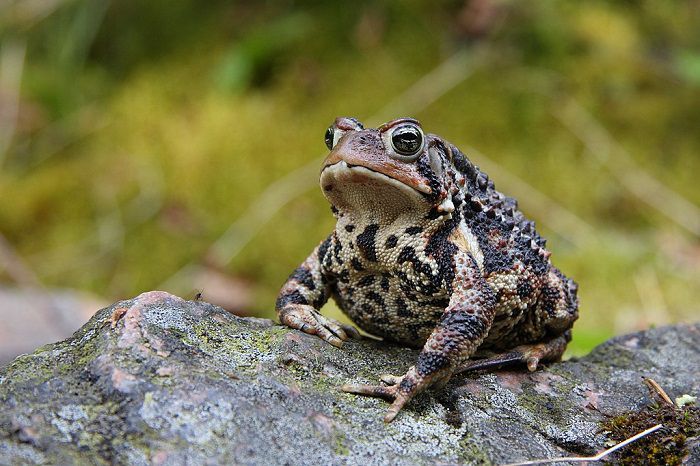
American Toad 
European Fire-Bellied Toad
An Otherwise Healthy Animal
Experts consulted by the author of the column indicated that the toad otherwise seemed to exhibit good health. Its color was good, its weight looked fine, and the fact that it kicked and swam away indicated it was healthy enough to move. All of the signs of good health were there.
Unfortunately, the same mechanisms that protect a toad’s life by inducing hibernation can also be its undoing in the wild. Sitting out in the open for hours on end increases the risk of predation. A bird could have swooped down and taken the toad for lunch. It is the way natural predation goes.
As for a pet toad, there is no need to panic over immobility as long as the animal displays signs of good health. Concerned pet owners can look for good color, good weight, predictable feeding patterns, and so forth. An otherwise healthy toad might be immobile simply because it is cold.
In such a case, increasing the temperature inside its enclosure could solve the problem. If it doesn’t, consider the possibility of paralysis or some sort of infection. A failure to move frequently could also be a sign of aging.
Your toad is not moving. Is it time to panic? Not yet. Raise the temperature in the enclosure and observe the animal for a couple of days. In all likelihood, the issue will resolve itself.
Photo Credits:
Featured Image (Western Spadefoot Toad): Takwish – CC BY-SA 2.5
– CC BY-SA 2.5
American Toad: Cephas – CC BY-SA 3.0
– CC BY-SA 3.0
Common Spadefoot Toad: Franco Andreone – CC BY-SA 2.5
– CC BY-SA 2.5
Helmeted Water Toad: José Grau de Puerto Montt – CC BY-SA 3.0
– CC BY-SA 3.0
Common Midwife Toad: Christian Fischer – CC BY-SA 3.0
– CC BY-SA 3.0
Mexican Burrowing Toad: Pstevendactylus – CC BY-SA 3.0
European Fire-Bellied Toad: Marek Szczepanek – CC BY-SA 3.0
– CC BY-SA 3.0

